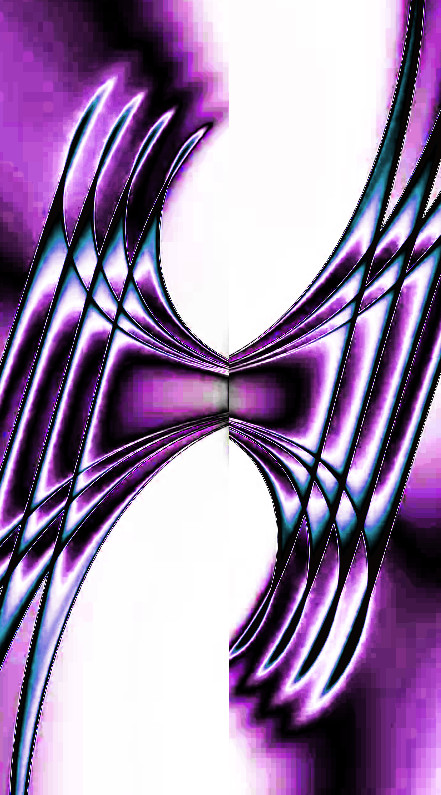High tech flows shift
 Engineers have come up with a new twist on chirality, extending the concept of directionality.
Engineers have come up with a new twist on chirality, extending the concept of directionality.
It is often desirable to restrict flows - whether of sound, electricity, or heat - to one direction, but naturally occurring systems almost never allow this.
However, unidirectional flow can indeed be engineered under certain conditions, and the resulting systems are said to exhibit chiral behaviour.
Scientists have discovered a way to engineer unidirectional flows, or chiral behaviour, in two dimensions, a significant development that could lead to transformative new applications in microelectronics.
The concept of chirality, or single direction flows in one dimension, has been extended by a team led by Taylor Hughes, a professor of physics at the University of Illinois Urbana-Champaign, and Gaurav Bahl, a professor of mechanical science & engineering, who have experimentally realised this extension.
The team constructed a topological circuit network that simulates the microscopic behaviour of quantum materials, which exhibited entirely new behaviours predicted by this extended chirality.
“In effect, we have generalised the idea of a one-way street into two dimensions,” Hughes said.
“In two dimensions there is no absolute sense of something going one way or the other, but if you carry around a fixed arrow with you, then you can still describe chiral motion relative to that arrow.”
Higher-rank chirality manifests as locking between a particle’s flow direction and the direction of an arrow, or vector quantity, that it carries along with it.
For this study, the team focused on rank-2 chirality where the flow is locked to be transverse to the momentum vector carried by the particles.
“Pretty much every electronic computation and communication device that we use today relies on controlling the flow of electrons. If we are able to replicate this higher-rank chiral behaviour in microelectronics, it could lead to some transformative new applications,” said Bahl.
The full study is accessible here.








 Print
Print